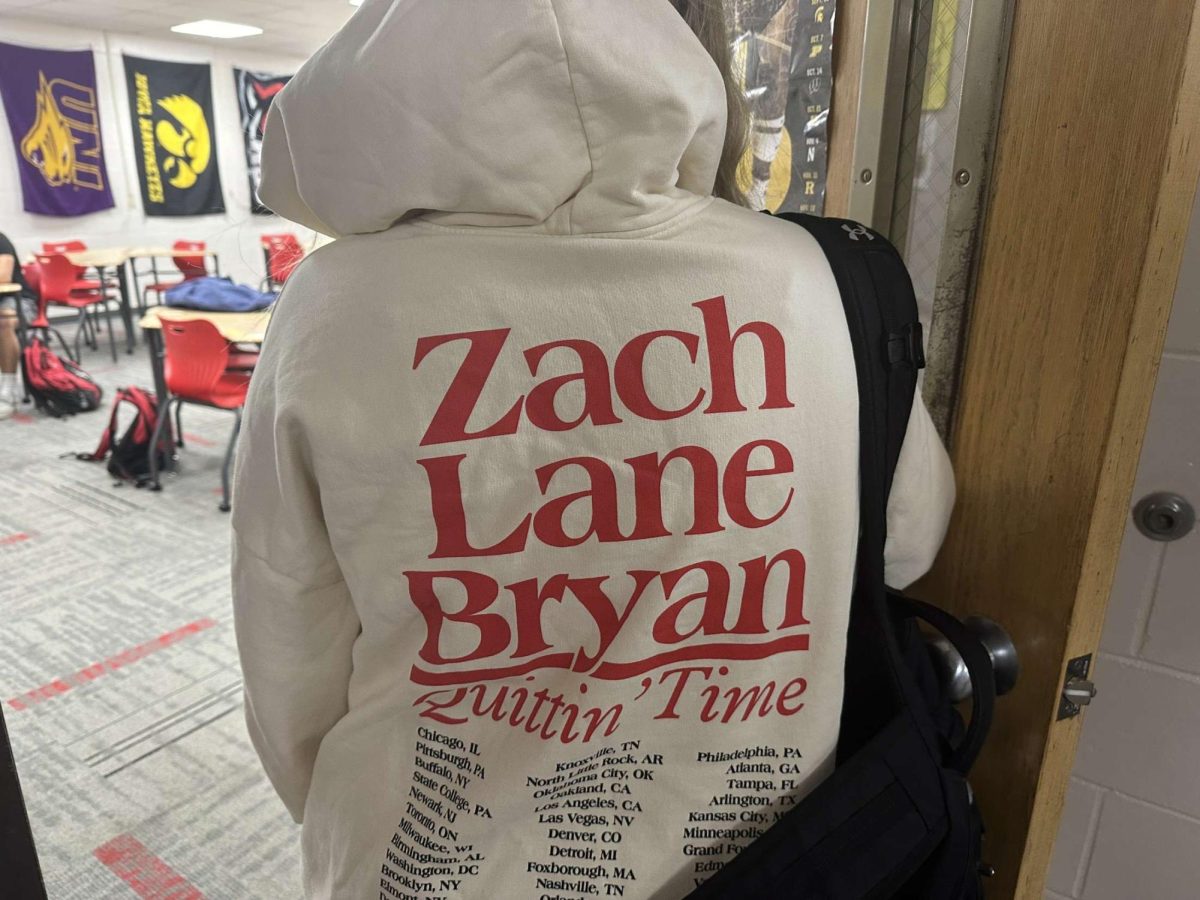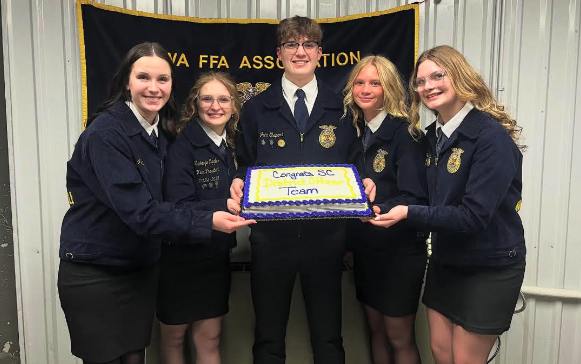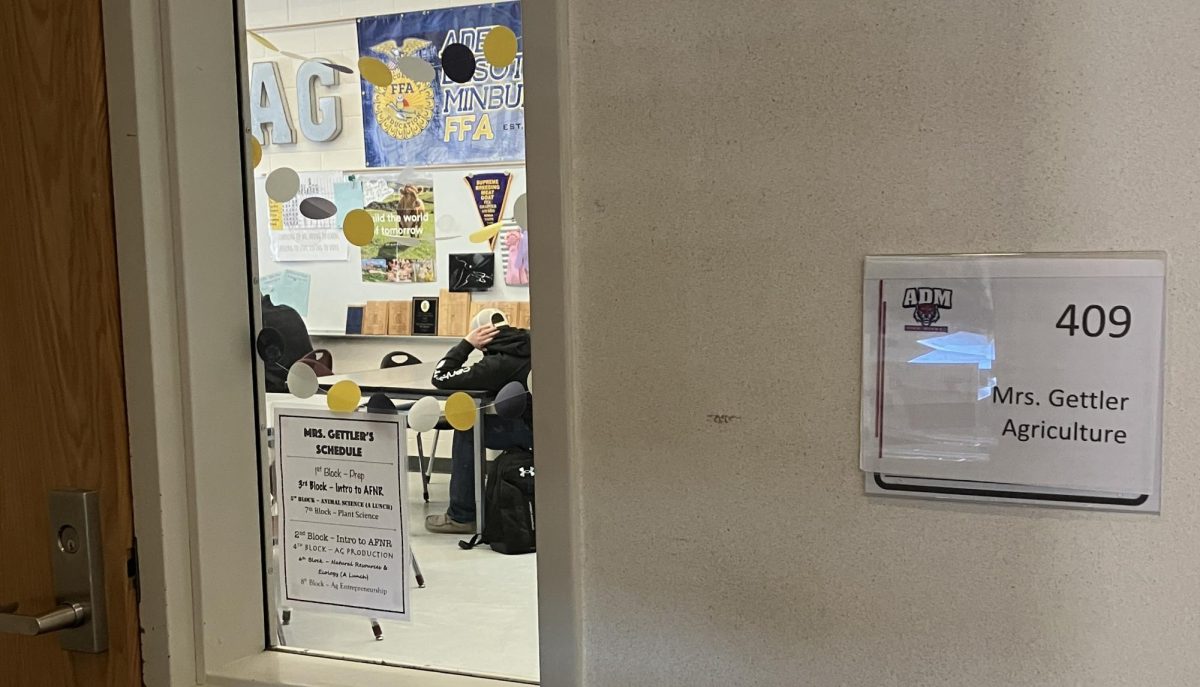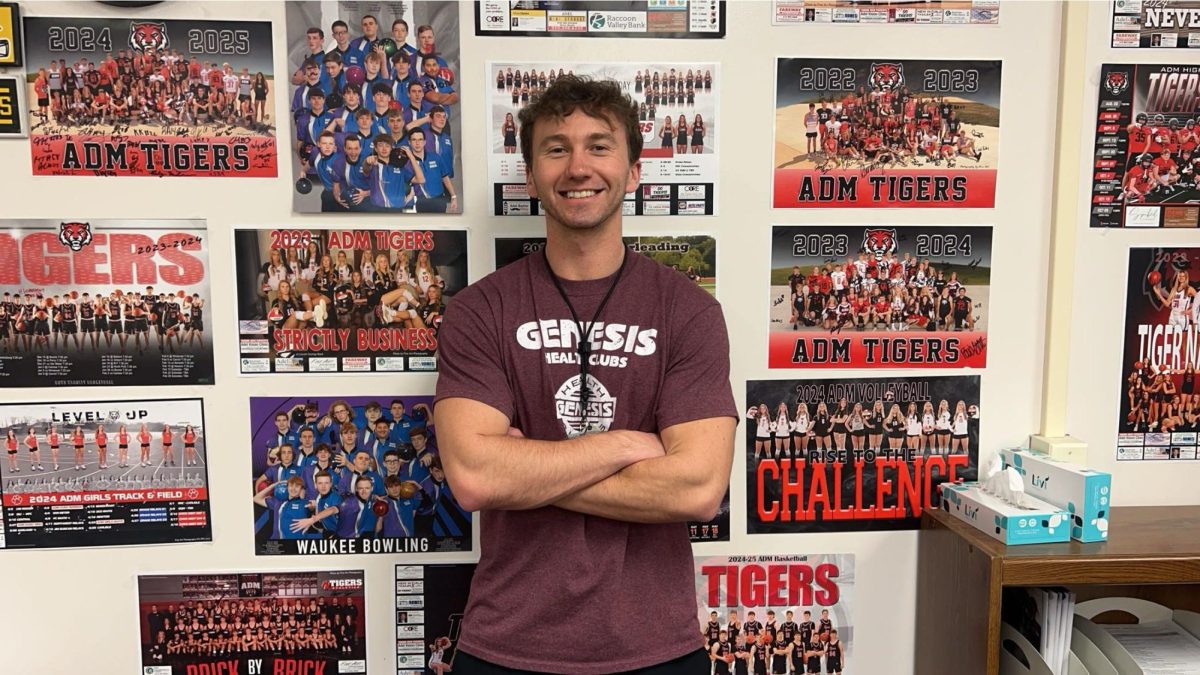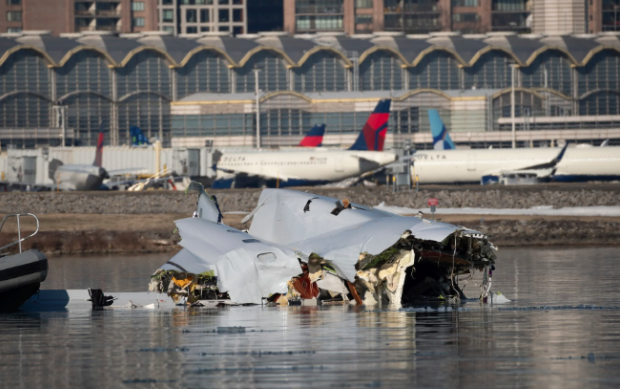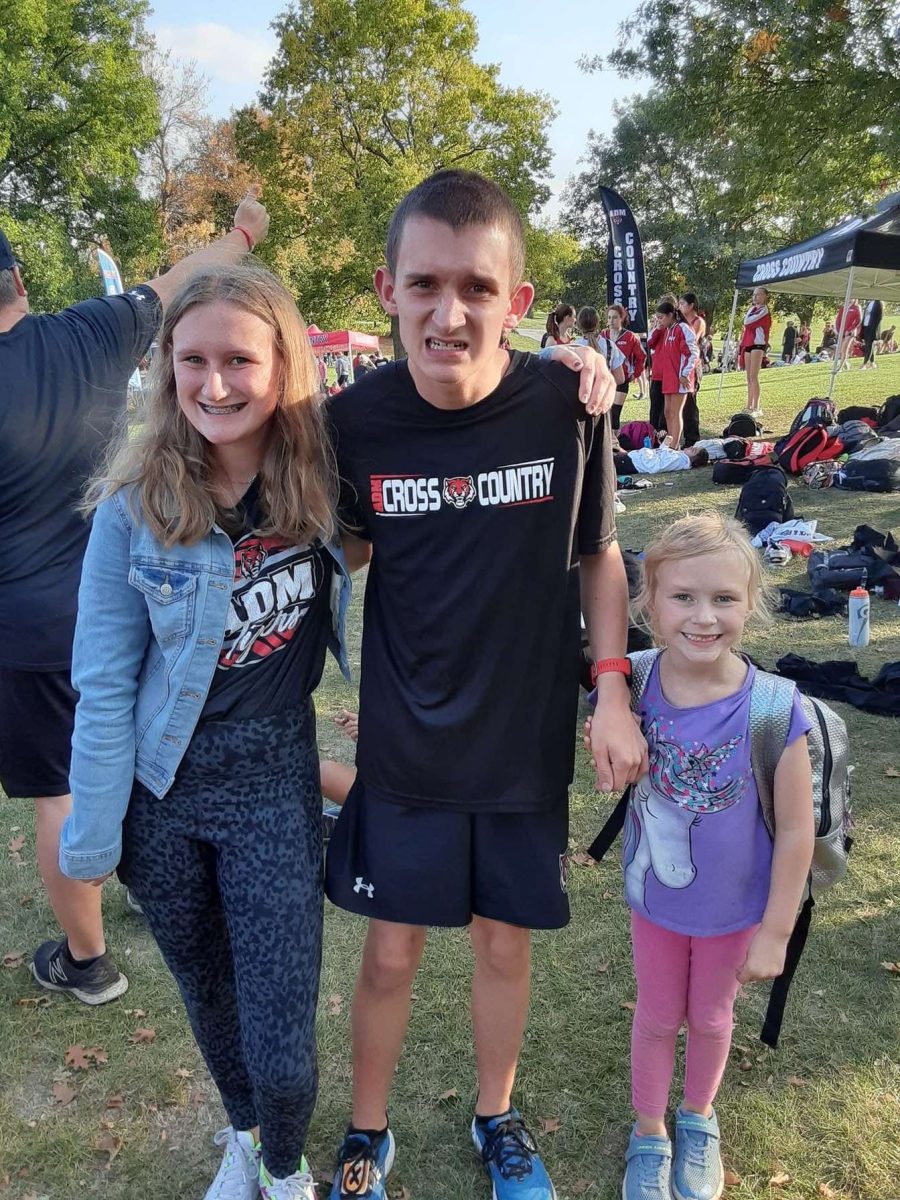Tornadoes are one of the most powerful and unpredictable weather events on Earth. Their formation is complex, involving several atmospheric conditions that must line up perfectly to create one.
Tornadoes typically form from severe thunderstorms, especially supercells, which are the most typical type of storm capable of producing tornadoes. For a tornado to fully form, several conditions must align.
- Shear in Wind Direction and Speed: Wind shear changes the wind speed and direction with height, which is crucial for tornado development. Near the ground, winds would be moist and warm, moving slower than the faster, drier, and cooler winds above. This difference creates a rotating effect in the lower atmosphere.
- Instability: The atmosphere must be unstable, and have warm/moist air at low levels and cooler air aloft. This instability allows the warm air to rise swiftly, sustaining the thunderstorm and its rotating updraft.
- Lifting Mechanism: A trigger, such as a cold front is often needed for the warm, moist air to form thunderstorm clouds. As the air rises and cools, the water vapor condenses into cloud material, releasing heat and adding energy to the storm.
- Relative Humidity: High levels of moisture in the air contribute to the development of clouds and precipitation, essential components in the formation of tornadoes. Once these conditions are met, if the rotating updraft tightens and stretches vertically, a tornado can form. The actual tornado emerges from the base of the supercell, often signaled by a funnel cloud that becomes a tornado once it touches the ground.
In Iowa, the tornado season ranges from March to June because of the lingering cool temperatures while the warm air is coming in. In April 2024 Iowa saw the second most tornados in one month since 2001, having 41 recorded tornados.
The majority of those tornados took place on April 26 taking devastating tolls on towns including Harlan, Creston, and Polk County areas.
In recent weeks, the whole state of Iowa and the entirety of the Midwest have been seeing severe thunderstorms and tornadoes sweep through. These storms can be scary and even dangerous. It is important to know what to do in these severe storms no matter where you may be.
When you are inside it’s typically easy to just get away from windows and get to the lowest level. Usually a basement or closet. However, if you are outside or driving on the road you need to seek shelter immediately, and if that is not possible, you will need to pull over to a low point and stay low in your car.
But there are always some situations in which you won’t be able to seek shelter or just pull over to the side of the road. For example, late last month, country star Zach Bryan brought his “Quittin’ Time Tour” to Wells Fargo Arena in Des Moines. At this time, the storms were just starting to make their way into the Midwest. I spoke with Cameran Smith who was in the pit of Bryan’s first night at Wells Fargo Arena about how the storm affected the performance that night.
She said, “Everyone kind of knew about the storms coming in but about 3 hours after we got there, after the openers had done their sets everyone’s phone went off at once with the tornado warning but he didn’t hesitate, and came on stage right when he was supposed to.”
Bryan is notorious for closing his shows with an extended version of his hit song “Revival” for around 10 minutes. A viral video showed the singer on stage saying, “Hey guys we just got word there’s a tornado about a mile away so we are going to try and extend this as long as possible.” Smith stated that Zach Bryan ended up singing his closing song for no less than 25 minutes.



